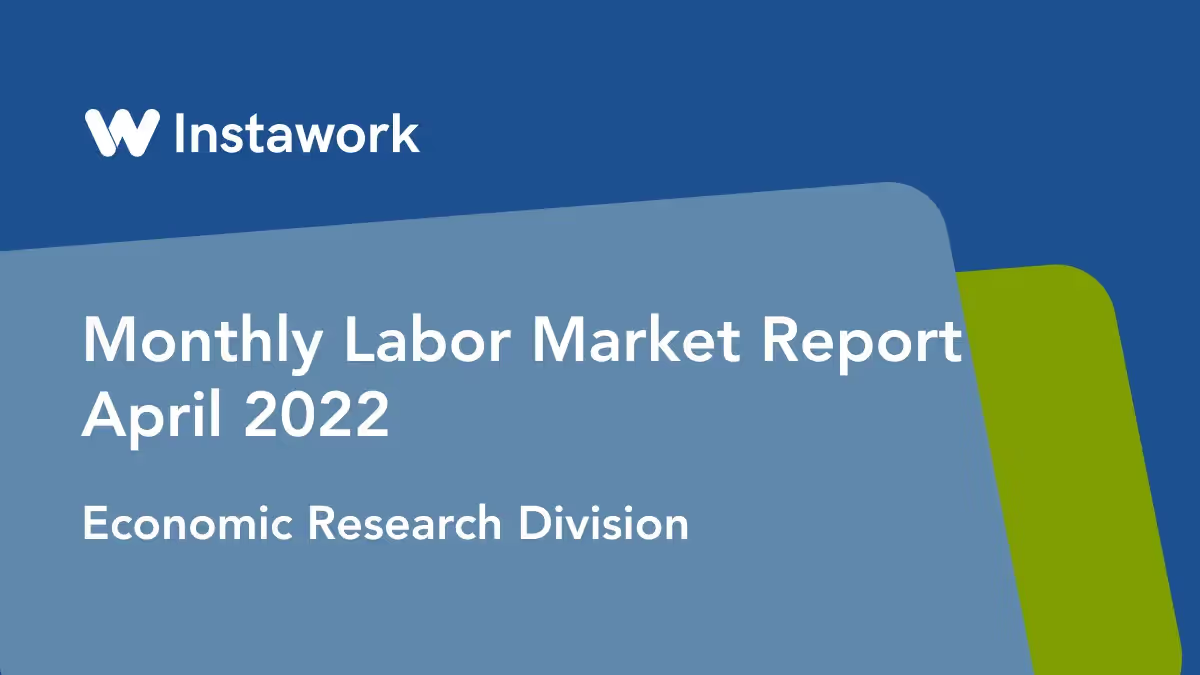Find Workers
⌄


Every day, the Instawork platform handles thousands of transactions involving businesses and hourly professionals, generating a huge amount of data on hourly pay as well as other aspects of the labor market. This report summarizes some of the major trends in demographics, roles, and worker constraints in regions across the United States. For those in need of New Orleans Retail Temporary Staffing Services | Instawork, we provide tailored solutions.
By contrast with advance data for April, pay ticked upward towards the end of month, in line with increasing medical-related cancellations of shifts.
Hospitality industries are demanding more flexible workers as the market opens up despite the nationwide increase in Covid-19 cases.
Pay is expected to be steady in May for many roles, though overall a slight majority of businesses are planning to offer lower pay.
The data are also compiled into the Instawork Pay Signal Index (PSI) and indexed trends in hourly pay. Because businesses can book shifts in advance on the Instawork platform, the metrics include forward-looking data for the current month as well. Please refer to the appendix for explanations of the methods behind each metric. For more insights on self-employment, check out our article on 7 of the most common self-employment tax questions, answered.

To receive future economic insights from the Instawork Economic Research Division, please subscribe by visiting: https://hubs.li/Q012kZ--0




